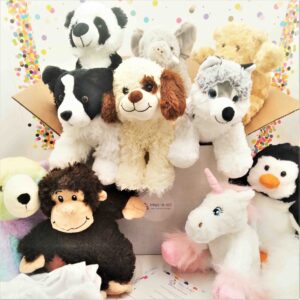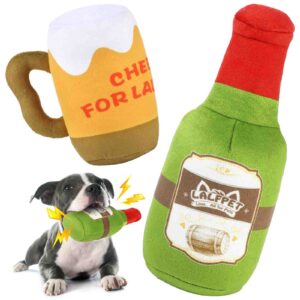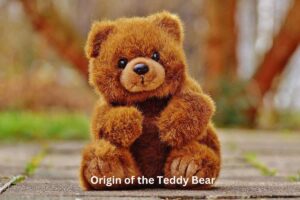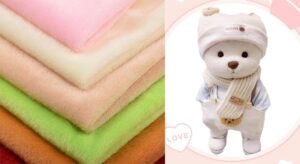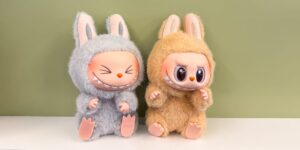Luxury plush toys have grown beyond simple children’s playthings. Some plushies fetch high prices due to unique features and exclusivity. Understanding what drives their value helps buyers and sellers navigate this niche market.
The most expensive plush toys combine rare materials, brand reputation, intricate craftsmanship, and limited availability. Licensing popular characters and obtaining safety certifications also affect pricing, making these plushies prized collectibles or premium gifts.
Let’s explore what factors make plush toys expensive and how the market is shaped by these luxury offerings.
1.What Factors Contribute to the High Price of Luxury Plush Toys?

Multiple elements drive the cost of high-end plushies beyond basic materials and production.
Rarity, exclusivity, intricate design, licensed branding, and high-quality craftsmanship all contribute to luxury plush toys’ premium pricing. Market demand and collector interest also influence their value.
Luxury plush toys often feature unique designs or are produced in limited editions. This exclusivity creates demand among collectors and enthusiasts willing to pay more.
Custom-made plushies or those crafted with rare materials incur higher costs due to sourcing and labor. Licensing fees for popular characters can add significant price premiums.
| Factor | Impact on Price | Example |
|---|---|---|
| Rarity & Limited Edition | High demand, exclusivity | Collector series plushies |
| Brand & Licensing Fees | Licensing rights cost | Disney or Marvel plush toys |
| Craftsmanship | Skilled labor and detail | Hand-sewn, embroidered plush |
| Material Quality | Cost of rare or premium materials | Silk or alpaca fur plush |
| Market Demand | Buyer willingness to pay | Fanbase enthusiasm |
Together, these factors shape the luxury plush toy market.
2.Which Materials Are Commonly Used in Premium Plush Toy Manufacturing?
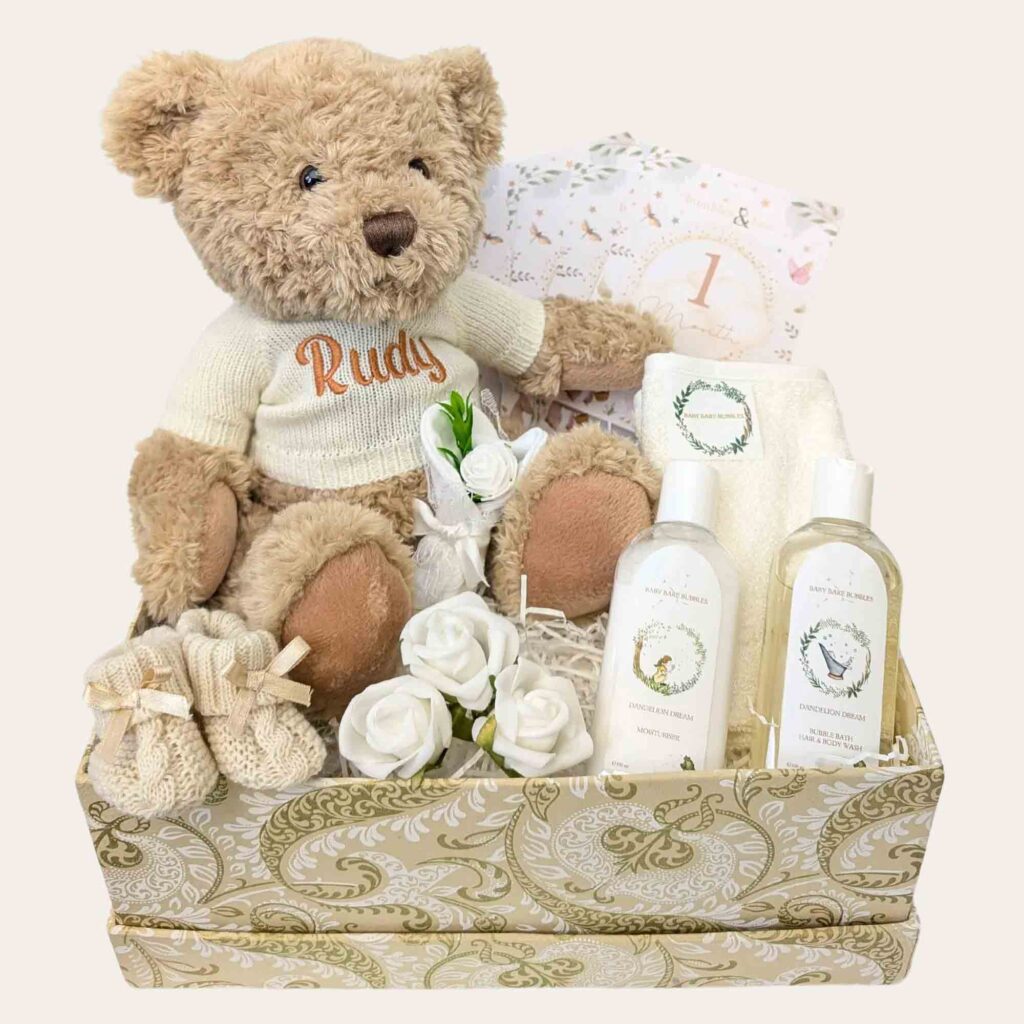
Material selection strongly affects plush toy quality and price.
Luxury plush toys often use high-end fabrics such as real mohair, alpaca, cashmere, or silk blends combined with premium stuffing materials for superior softness and durability.
Mohair:
Traditional material made from angora goat hair, prized for softness and luster. It is durable but expensive.
Alpaca:
Luxurious natural fiber softer than wool, often hand-spun for elite plush toys.
Cashmere and Silk Blends:
Used to create ultra-soft textures and a premium look and feel.
Premium Stuffing:
Natural wool or specially treated polyester fiberfill enhances resilience and hypoallergenic properties.
| Material | Characteristics | Typical Use |
|---|---|---|
| Mohair | Soft, shiny, durable | Collectible teddy bears |
| Alpaca | Soft, hypoallergenic | High-end plush lines |
| Cashmere & Silk | Smooth, luxurious | Limited edition plush |
| Premium Stuffing | Durable, hypoallergenic | Enhances toy longevity |
Using these materials raises costs but attracts discerning buyers.
3.How Do Brand Reputation and Licensing Affect Plush Toy Valuation?
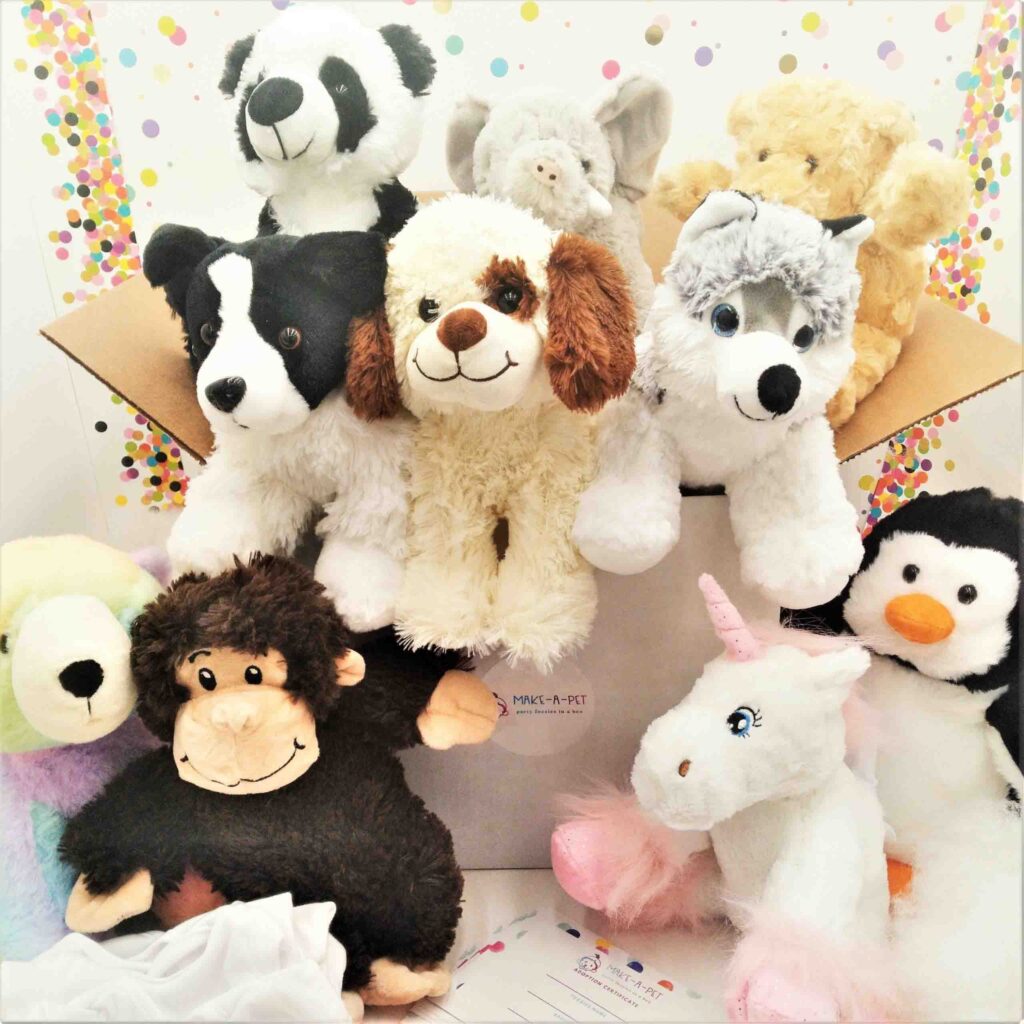
Well-known brands and licensed characters significantly boost plush toy prices.
Strong brand reputation assures quality and authenticity, while licensing popular characters connects plush toys to existing fan bases, increasing perceived value and demand.
Brands like Steiff, Gund, and Disney command premium pricing due to their heritage and trustworthiness.
Licensing fees are often a large portion of production costs but open markets to wider audiences. Licensed plush toys tied to blockbuster movies or franchises can sell at a premium due to fan loyalty.
| Aspect | Impact on Price | Example |
|---|---|---|
| Brand Reputation | Trusted quality commands price | Steiff luxury teddy bears |
| Licensing Rights | Access to popular IPs | Disney princess plushies |
| Authenticity | Collectors value certificates | Limited edition collectibles |
Partnerships with strong brands amplify market success.
4.What Role Does Craftsmanship and Production Complexity Play in Pricing?
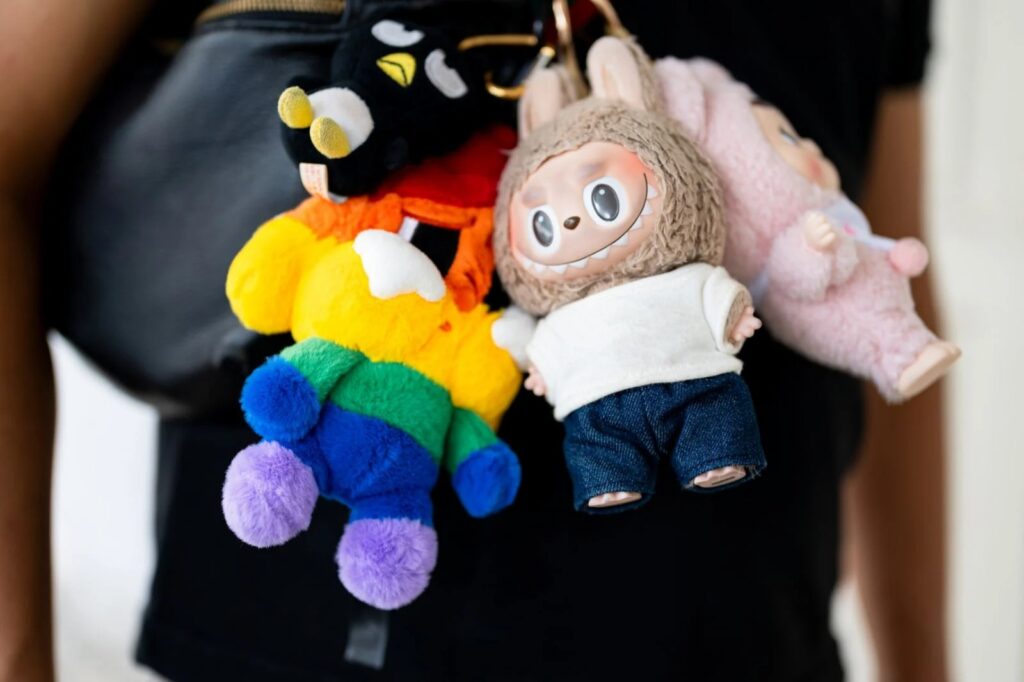
Handcrafted details and complex production processes add significant value to plush toys.
Skilled artisanship, embroidery, jointed limbs, and multi-layered designs increase labor costs and production time, making these plush toys more expensive but highly desirable.
Many luxury plushies are sewn by hand, with attention to detail such as hand-stitched noses, eyes, and clothing.
Articulated limbs require precise assembly and quality checks. Some designs include unique embellishments like Swarovski crystals or custom-made outfits.
| Production Aspect | Cost Impact | Example |
|---|---|---|
| Hand Sewing | Increases labor hours | Collector teddy bears |
| Embroidery | Detailed facial features | Custom plush toys |
| Articulated Joints | Complex assembly | Poseable plush dolls |
| Embellishments | Added material & labor costs | Designer plush accessories |
These craftsmanship qualities attract premium buyers seeking uniqueness.
5.Are Limited Editions and Collectibles Driving the Plush Toy Market?
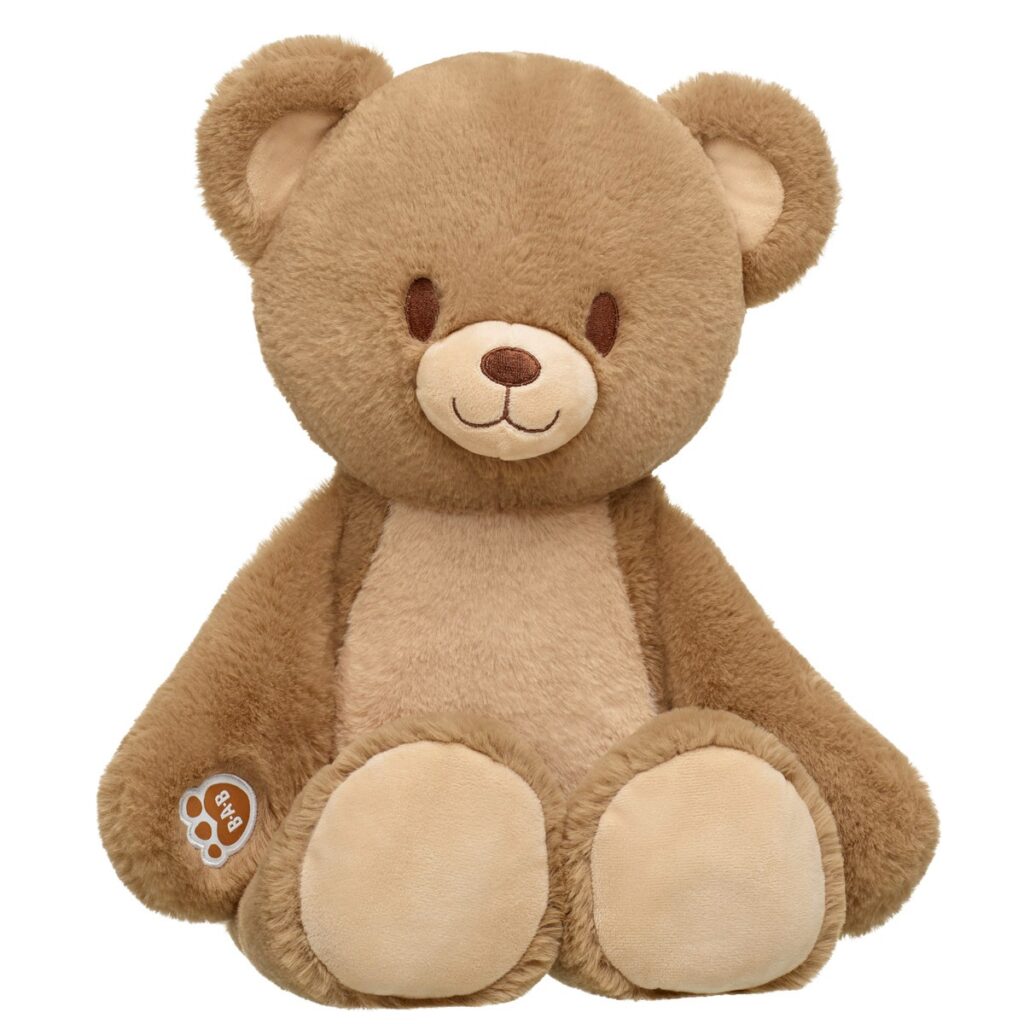
Limited edition plush toys create urgency and exclusivity, fueling demand and higher prices.
Collectibles attract enthusiasts and investors who value rarity, often reselling plush toys at higher values than retail prices.
Limited runs, special anniversary editions, and artist collaborations add value.
Collectors often follow specific brands or series, driving secondary market growth.
| Limited Edition Feature | Effect on Value | Market Example |
|---|---|---|
| Numbered series | Creates scarcity | Steiff limited teddy bears |
| Artist collaboration | Unique designs | Custom plush art pieces |
| Anniversary releases | Celebrates milestones | Brand anniversary plush |
Collectibles boost brand prestige and attract a dedicated buyer base.
6.How Do Safety Certifications Impact the Cost of High-End Plushies?

High-end plush toys must comply with stringent safety standards, which influence costs.
Testing and certification for toxic substances, flammability, and mechanical safety add expense but are necessary to sell in regulated markets and reassure customers.
Certifications such as CE in Europe and ASTM in the USA require extensive testing of materials and finished products.
Certification labs charge fees, and products may need reformulation or rework to pass tests.
| Certification | Testing Focus | Cost Impact |
|---|---|---|
| CE (Europe) | Chemical, mechanical safety | Moderate to high |
| ASTM F963 (USA) | Flammability, toxicity | Moderate to high |
| Additional standards | Organic materials, hypoallergenic | Variable |
Although certifications increase costs, they are essential for market access and consumer trust.
Conclusion
The most expensive plush toys combine rare materials, skilled craftsmanship, strong brands, and market exclusivity.
For expert advice on producing luxury, safe, and customizable plush toys, contact me at [[email protected]]. Kinwin delivers premium plush solutions tailored to your market needs.




